Holocaust in india
Police declare Mumbai siege over
|
Terrorists target economic
centres worldwide
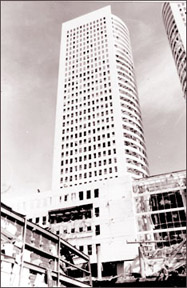
LTTE attack 1997 - Hotel Galadari, Colombo |
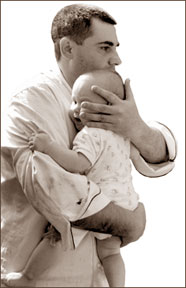 Investigators in the Indian city of Mumbai are beginning to piece
together how gunmen carried out Wednesday's series of deadly attacks.
The exact sequence of events remains unclear, but security personnel are
establishing a picture of how the operation was planned and executed. Investigators in the Indian city of Mumbai are beginning to piece
together how gunmen carried out Wednesday's series of deadly attacks.
The exact sequence of events remains unclear, but security personnel are
establishing a picture of how the operation was planned and executed.
All the signs, officials say, point to a well-planned action carried
out by a highly trained, determined group.
The men appeared to have surveyed their targets in advance and were
well-versed in the use of weapons and explosives, a Indian commando
said.
Their intention, he said, was "to create and spread terror".
Investigators believe that a large group of men arrived in Mumbai
from the sea around 2100 local time.
They believe that a larger ship - possibly a hijacked vessel,
possibly an accomplice ship - brought them close to the shore before
they switched to smaller dinghies.
Once ashore, they split into two-, three- and four-man groups to
attack pre-selected targets.
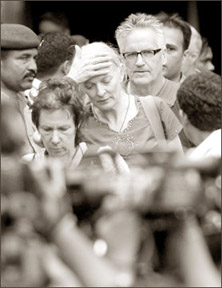 Several of the attackers were caught on CCTV. Footage showed mainly
young men, carrying automatic weapons and large rucksacks. Officials
said the rucksacks contained grenades, extra ammunition, plastic
explosives and food supplies. Several of the attackers were caught on CCTV. Footage showed mainly
young men, carrying automatic weapons and large rucksacks. Officials
said the rucksacks contained grenades, extra ammunition, plastic
explosives and food supplies.
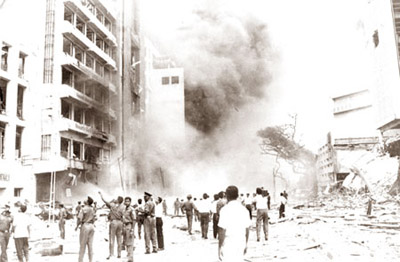
LTTE attack 1996 - Central Bank, Colombo |
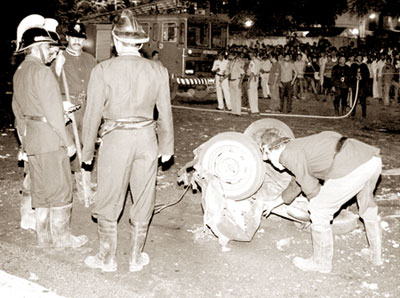 |
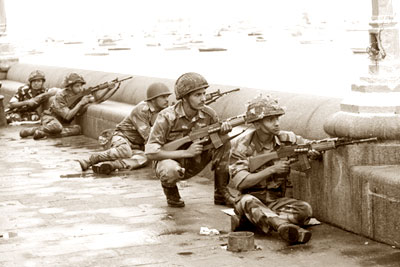 |
Reports suggest the attacks happened within minutes of each other.
By using such weapons and explosives, it is obvious that they would
have been trained somewhere in Mumbai One of the first targets was the
Chhatrapati Shivaji railway station, where at least two men fired
automatic weapons and threw grenades at crowds of people waiting in the
main hall.
A second group opened fire at Cafe Leopold, a popular restaurant,
while a third seized Nariman House, a business complex housing a Jewish
outreach centre, taking several people hostage.
A fourth group - or, some reports say, the same one that attacked the
station nearby - struck the Cama and Albless hospital for women and
children. A number of drive-by shootings were also reported across the
city. By around 2200 local time gun fire was being reported at two of
the city's luxury hotels - the Oberoi-Trident and the Taj Mahal Palace.
Hundreds of troops have been deployed to sites around Mumbai Some
guests managed to escape what they described as indiscriminate fire,
while others sheltered in their rooms. Others were shot - exactly how
many remains unclear. The gunmen were looking for Americans and Britons,
guests trapped at the hotels said, and hostages were taken in both
locations.
Gunfire and small blasts continued to be heard at both hotels over
the next several hours, as Indian troops surrounded the buildings. Fires
broke out in both hotels.
In the early hours of Thursday, commando teams entered both hotels to
try to find the gunmen.
Attackers at the Taj Mahal appeared familiar with the layout and
moved continually around the building, firing their weapons. They
definitely appeared to have been trained, the commando said.
"Not everybody can fire the AK series of weapons, not everybody can
throw grenades like that," he said.
"By using such weapons and explosives, it is obvious that they would
have been trained somewhere." The commandos went through the hotels
floor by floor and room by room to flush out the attackers and free
trapped guests and staff.
Reports that particular locations had been made safe were several
times followed by fresh bursts of gunfire and explosions, and the crisis
entered a third day.
By Friday afternoon (local time), Indian security forces said that
they had control of the Oberoi. Multiple bodies had been found, they
said.
The attackers had come "very well prepared", the commando said. |
